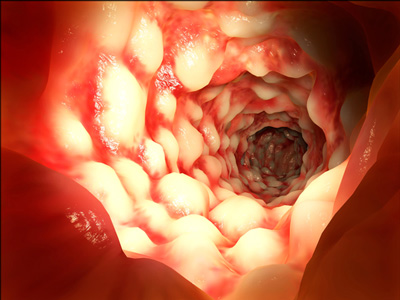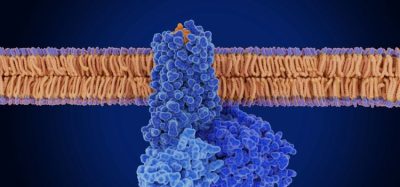Clinical remission data for Stelara in Crohn’s disease presented at DDW
Posted: 25 May 2016 | | No comments yet
Data shows that a greater proportion of adult patients with Crohn’s disease receiving Stelara SC maintenance therapy were in clinical remission at one year…


New Phase III data shows that a significantly greater proportion of adult patients with moderate to severe Crohn’s disease receiving Janssen’s Stelara (ustekinumab) subcutaneous (SC) maintenance therapy were in clinical remission at one year.


The Phase III IM-UNITI maintenance study evaluated 388 patients who achieved clinical response eight weeks after a single intravenous infusion of Stelara in the UNITI-1 and UNITI-2 Phase III induction studies. The results showed that 53 percent of patients receiving a Stelara 90 mg SC injection every eight weeks (Q8W) and 49 percent of patients receiving a Stelara 90 mg SC injection every 12 weeks (Q12W) were in clinical remission at week 44, the study’s primary endpoint, compared with 36 percent of patients receiving placebo.
Commenting on the new data, William Sandborn, M.D., Chief, Division of Gastroenterology, and Professor of Medicine, University of California, San Diego, and study investigator, said: “The totality of the induction and maintenance data over the course of one year show the potential of this biologic therapy in inducing and maintaining a clinically relevant therapeutic effect in patients with moderate to severe Crohn’s disease. The results of this comprehensive Phase 3 program-which included anti-tumor necrosis factor (TNF)-alpha naïve, exposed and failure patients-demonstrate the potential of Stelara to provide significant benefit for patients in need of an effective therapy.”
Applications for Stelara in Crohn’s disease under review
Applications seeking approval of Stelara for the treatment of moderately to severely active Crohn’s disease are currently under review in the United States and Europe. The therapy targets interleukin (IL)-12 and IL-23 cytokines, which are believed to play a role in immune-mediated diseases, including Crohn’s disease.
The IM-UNITI maintenance study represents the third pivotal study in the year-long, comprehensive Phase III clinical development programme investigating Stelara for the treatment of moderate to severe Crohn’s disease. The findings, presented at Digestive Disease Week 2016, follow Phase III results from the UNITI-1 induction study, which demonstrated the efficacy and safety of Stelara in patients who had previously failed or were intolerant to treatment with one or more anti-TNF-alpha therapies, and the Phase III UNITI-2 induction study, which demonstrated the efficacy and safety of Stelara in patients who had previously failed conventional therapy, the majority of whom were naïve to treatment with anti-TNF-alpha therapy.
Secondary endpoints from IM-UNITI study
Major secondary endpoints of the IM-UNITI study included clinical response, clinical remission among patients in remission after induction, corticosteroid-free remission, and clinical remission in patients refractory or intolerant to anti-TNF-alpha therapies (UNITI-1 subpopulation), all at week 44.
Clinical response was maintained in a significantly greater proportion of patients receiving Stelara 90 mg SC Q8W (59 percent) and Stelara 90 mg SC Q12W (58 percent) compared with patients receiving placebo (44 percent).
Of those patients who were in clinical remission at the start of the IM-UNITI study, 67 percent receiving Stelara 90 mg SC Q8W and 56 percent of patients receiving Stelara 90 mg SC Q12W were in clinical remission at week 44 compared with 46 percent of patients receiving placebo.
A significantly higher percentage of patients receiving Stelara 90 mg SC Q8W (47 percent) and a higher percentage of patients receiving Stelara 90 mg SC Q12W (43 percent) who were not receiving concomitant corticosteroids were in clinical remission at week 44 compared with 30 percent of patients receiving placebo.
Numerically higher proportions within the subgroup of patients who had previously failed or were intolerant to treatment with one or more anti-TNF-alpha therapies (UNITI-1 subpopulation) achieved clinical remission while receiving Stelara maintenance therapy at week 44, with similar treatment effects to the overall population, (41 percent for 90 mg SC Q8W and 39 percent for 90 mg SC Q12W) compared with 26 percent of patients receiving placebo.









